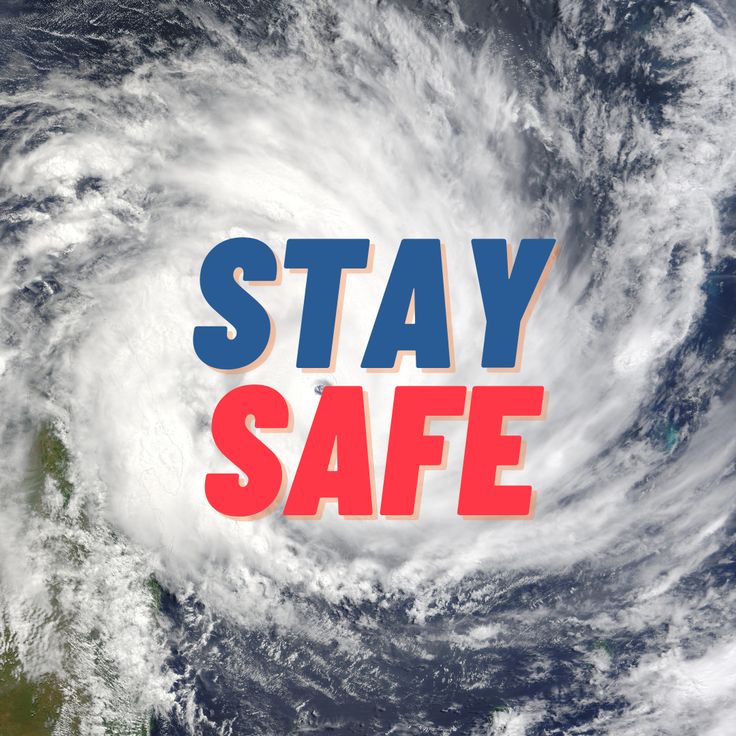Threats Against FEMA Workers Disrupt Hurricane Aid Operations in North Carolina
The recent hurricanes in North Carolina have underscored the difficulties faced by FEMA personnel, who, despite the rising threats against them, continue to work tirelessly to ensure essential aid operations. This scenario highlights the complex interplay between natural disasters and human behavior, ultimately impacting recovery efforts’ efficiency and effectiveness.
Challenges in Hurricane Aid Operations
Following hurricanes, the Federal Emergency Management Agency (FEMA) coordinates relief initiatives and ensures that communities affected by the disaster receive the support they need. However, the safety of FEMA personnel has become a pressing concern. Reports indicate that some FEMA workers have encountered threats from residents frustrated with the slow pace of aid distribution and the bureaucratic hurdles involved. These threats not only jeopardize the safety of the workers but also delay critical services for those in need. According to a recent report from FEMA, there has been a staggering increase of over 30% in threats against personnel in North Carolina following significant storm events. This alarming trend fosters an atmosphere of tension, potentially making workers hesitant to interact with communities. As a result, the challenges of delivering timely assistance to those in need are further complicated.
This trend underscores the critical need to address the safety of disaster response teams, as their ability to effectively engage with affected residents is essential for successful recovery efforts. For more details on the impact of threats against FEMA workers and the broader implications for hurricane recovery, you can read more at sources like FEMA’s official reports and local news outlets that cover these issues extensively.
Impact on Recovery Efforts
The effects of these threats extend beyond the immediate safety concerns for FEMA workers. Due to the hostile environment, some FEMA operations in North Carolina have been scaled back or delayed. The agency has recognized that threats against workers can create hesitation regarding outreach efforts, damage assessments, and aid distribution. This reluctance to engage can have serious consequences, significantly extending recovery times for individuals and communities affected by hurricanes.
Local officials have sometimes reported that emergency response teams are being pulled back or reassigned to ensure their safety, further complicating an already complex recovery process. Losing these essential personnel during critical recovery periods can significantly impede efforts to rebuild infrastructure, distribute food and water, and connect residents with housing resources.
Community Response and the Role of Education
To address these challenges, community leaders and local organizations have highlighted the importance of understanding FEMA workers’ roles and responsibilities. By fostering awareness of what these personnel do, communities can build trust and collaboration, reducing hostility towards aid workers. Educational initiatives promote trust between residents and federal aid workers, especially in disaster-prone areas. By creating a collaborative environment, these programs encourage open communication and significantly reduce hostility. It’s crucial that all members of the community are part of this open dialogue. Engaging communities before disasters can alleviate tensions and help establish positive relationships with FEMA personnel. Workshops, town hall meetings, and public awareness campaigns centered on disaster preparedness can empower residents with the knowledge to navigate recovery processes effectively. These initiatives provide critical information about available resources and foster a sense of community and collaboration, ultimately leading to improved interactions with aid workers during crises.
Ensuring the safety of FEMA workers is paramount for successful disaster response. As highlighted by FEMA officials, addressing threats against personnel is crucial for maintaining operational integrity. Enhancing security measures, providing conflict resolution training, and fostering strong relationships with local law enforcement can help create a safer environment for workers and residents.
Community support for FEMA workers is crucial in improving the effectiveness of disaster recovery efforts. By encouraging residents to see these workers as allies instead of adversaries, communities can help alleviate tensions that often arise in the aftermath of hurricanes. When residents understand that FEMA personnel are there to assist and support them, it fosters a more cooperative environment, leading to a more efficient recovery process. Each member of the community has a role to play in this support system.
Conclusion
The threats against FEMA workers in North Carolina are troubling developments in the context of hurricane aid operations. While the challenges are significant, a concerted effort involving community education, enhanced worker safety measures, and open communication can help alleviate these tensions. As North Carolina continues to recover from recent storms, all stakeholders must work collaboratively to ensure the safety of aid workers and the timely delivery of essential services to those in need.
You can explore resources from FEMA and local news outlets for further reading on the impact of threats against FEMA workers and the ongoing hurricane recovery efforts in North Carolina. Detailed information can be found on FEMA’s official website, which provides updates on disaster response initiatives, safety protocols for workers, and recovery resources available to affected communities. Additionally, local news sources often cover personal stories from workers and residents, shedding light on the challenges faced during recovery efforts. These resources can offer valuable insights into how threats impact disaster response and community recovery.

Leave a Reply